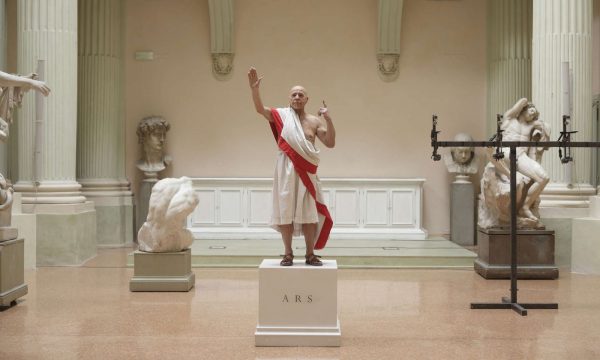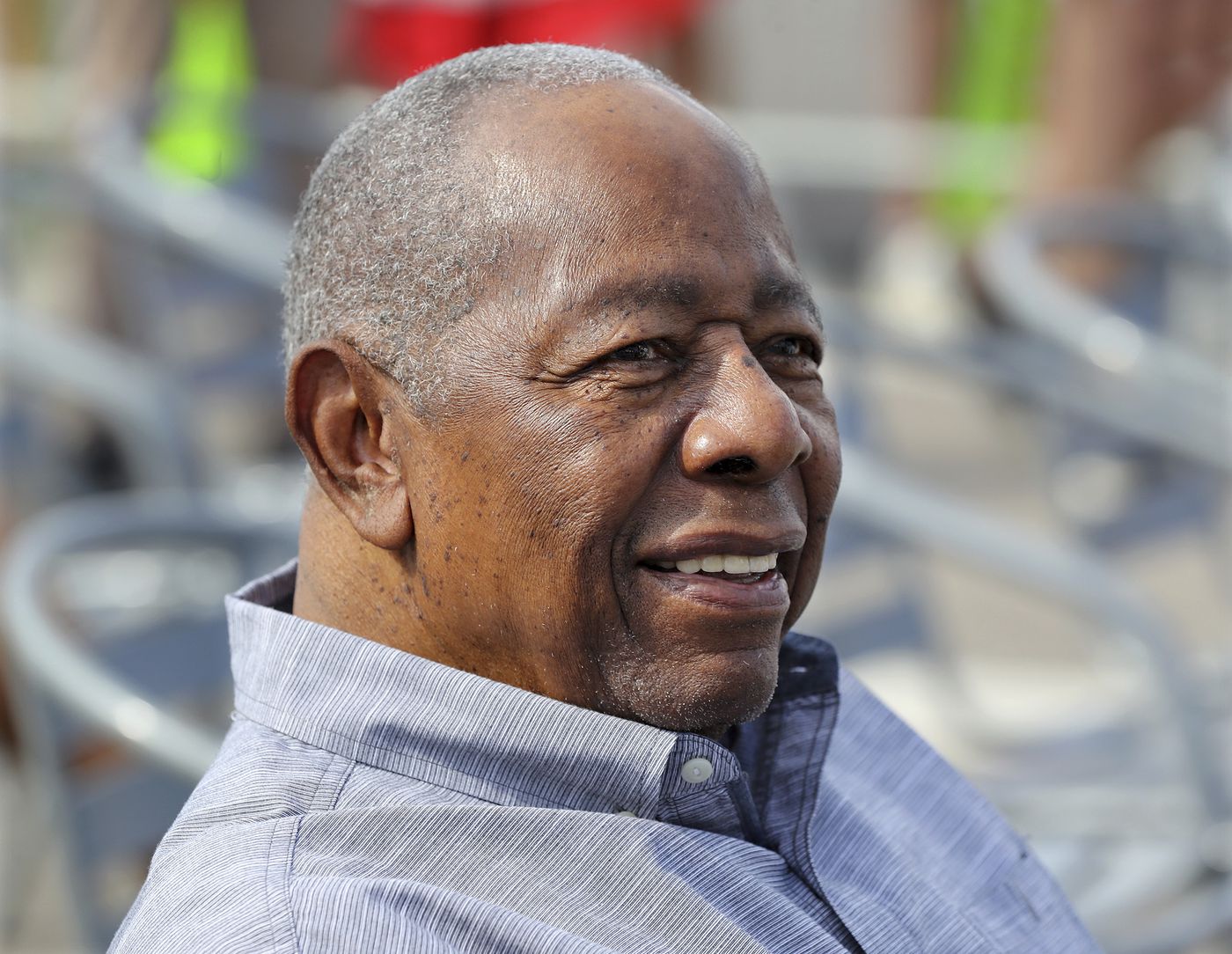The astronomical difference a Leap Day makes: We’ll have the earliest spring since 1896 – The Philadelphia Inquirer
The birds have been chirpier than normal for a February, the snow drops and daffodils have shown no fear, and when was the last time you saw salt brine on a road near you?
Philadelphia has a 100% chance of having its earliest spring in 124 years, arriving officially this year at 11:50 p.m. on March 19.
Related stories
Not only do we get a Feb. 29 in this leap year, but spring gets to leap forward on the calendar, and for that we can thank Julius Caesar, who was slightly off the mark (but who was going to correct Caesar?); Pope Gregory XIII, whose calendar we use today; and the relentless eccentricity of Planet Earth.
If the Earth completed its annual 574,395,530-mile (give or take a few hundred feet) annual journey around the sun in precisely 365 days, calendar-making would be so simple.
Unfortunately, the trip takes 365.2422 days, notes Geoff Chester, an official with the U.S. Naval Observatory, who still is enduring “blowback” for his insistence that the ’20s won’t start until next year. Thus the calendar would be out of sync by a day about every four years.
The glitch was recognized by astronomers in the Roman Empire, and Caesar is credited with being the first to come up with the leap-year fix.
In the 16th century, Gregory determined that Caesar’s solution was an overcorrection. His solution was to skip leap year in three out of four century years. Under the Gregorian system, 2000 was a leap year; 2100, 2200, and 2300 won’t have that additional day, but 2400 will.
We do get the extra day this year, but it will add no length to what is and long has been the shortest season of the year.
The distance from winter solstice to spring equinox is just under 90 days, about a day shorter than fall’s trip to the winter solstice. Winter is three days shorter than spring, and four less than summer in the Northern Hemisphere.
The Earth’s orbit around the sun isn’t a perfect circle. It actually is closer to the sun in our winter than summer. According to stats from Villanova University astronomy professor Frank Maloney, in 2020 our closest brush with the sun was Jan. 5, at 2:47 am. The planet was just 91.4 million miles away from the heat source, compared with 94.5 million come July 5.
The distance makes a significant difference in seasonal length. On average the Earth is hurtling through space at 66,615 mph, says Maloney. But in January, it was booking it at 67,756 mph.
So the speed-up reduces the time it takes to get from the winter solstice, when the sun is directly over the Tropic of Capricorn in the Southern Hemisphere, and the equinox, when it is directly over the Equator. As we all do, the planet slows down in the Northern Hemisphere summer as it gets farther away from the sun, and that lengthens summer — and winter in the Southern.
Who knows what might have happened were the situation reversed. The Northern Hemisphere generally is colder because it has so much land. The south has more ocean, which tends to retain heat.
Over millenia those few extra days of winter might have meant more ice in the Arctic, bulking up the hemisphere’s cold air supply, said Paul Walker, senior meteorologist at AccuWeather Inc.
And Chester says it will indeed reverse some day. The earth’s orbital eccentricity is ever changing, ever so glacially, and someday the Northern Hemisphere will have the longer winter. Just give it 12,000 or 13,000 years.
For now, the snow-plow contractors might be complaining about this year without a winter, but the birds sure aren’t. If you’ve notice them singing more this month, it’s not your imagination. The mild weather, says Audubon bird expert Keith Russell, is “definitely making birds sing and vocalize more as well as migrate on schedule.”
Notable occurrences on Feb. 29 include:
• 45 B.C.: Caesar proclaims the first leap day. No record of Brutus saying the math didn’t work.
• 1504: Christopher Columbus advises inhabitants of Jamaica that on a full-moon night the sky will grow completely dark. They are so impressed that they bring him and his crew needed food supplies. Being savvy in astronomy, Columbus knew that a total lunar eclipse would occur on Feb. 29.
• 1940: Hattie McDaniel becomes the first African American to win an Academy Award, for her role in Gone With the Wind.
• 1972: Hank Aaron becomes the first Major League Baseball player to ink a deal for a $200,000 annual salary. In today’s dollars, that would be $1.2 million, less than what the Phillies play reliever Adam Morgan, and about $29.8 million less than Bryce Harper gets.







